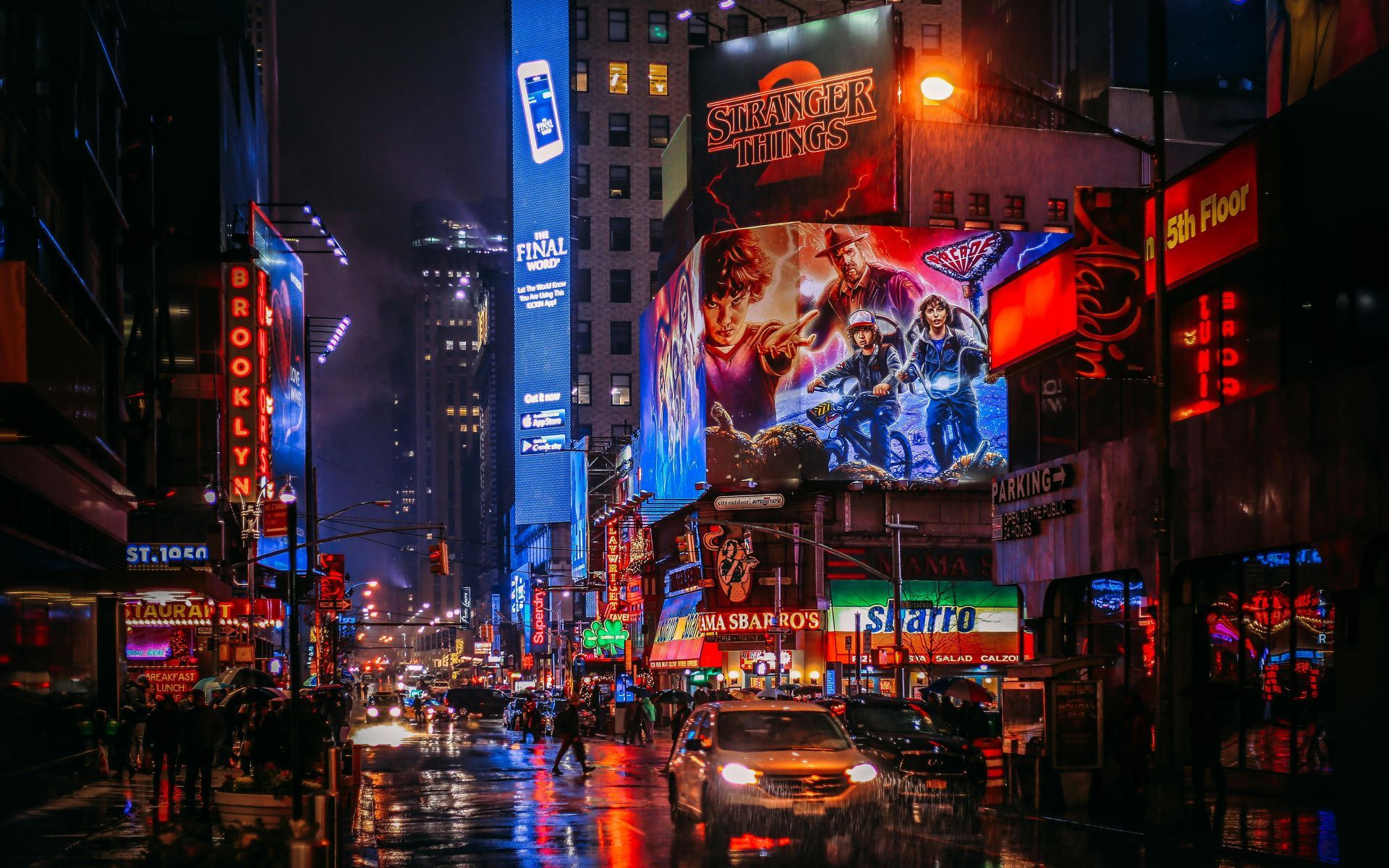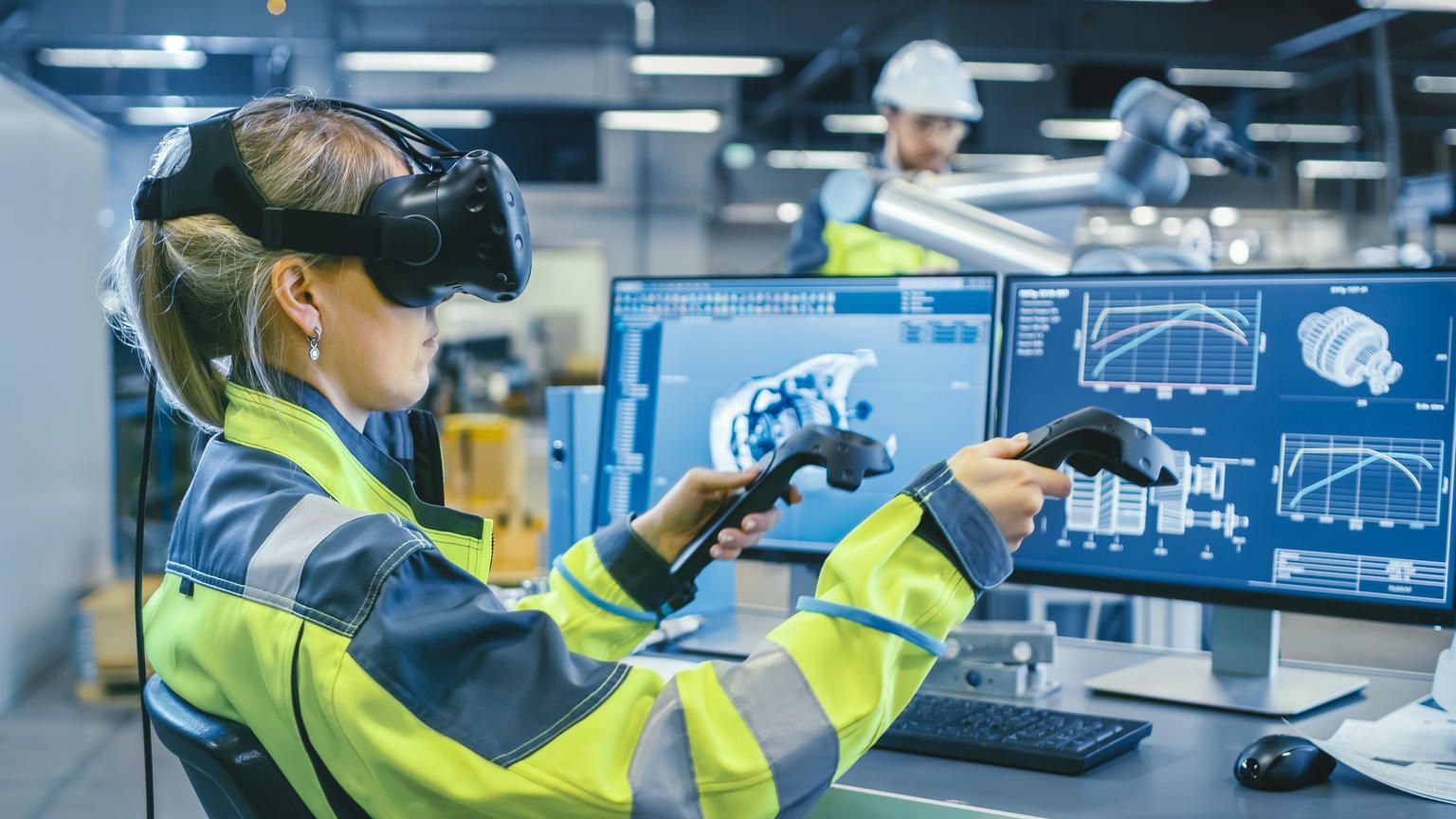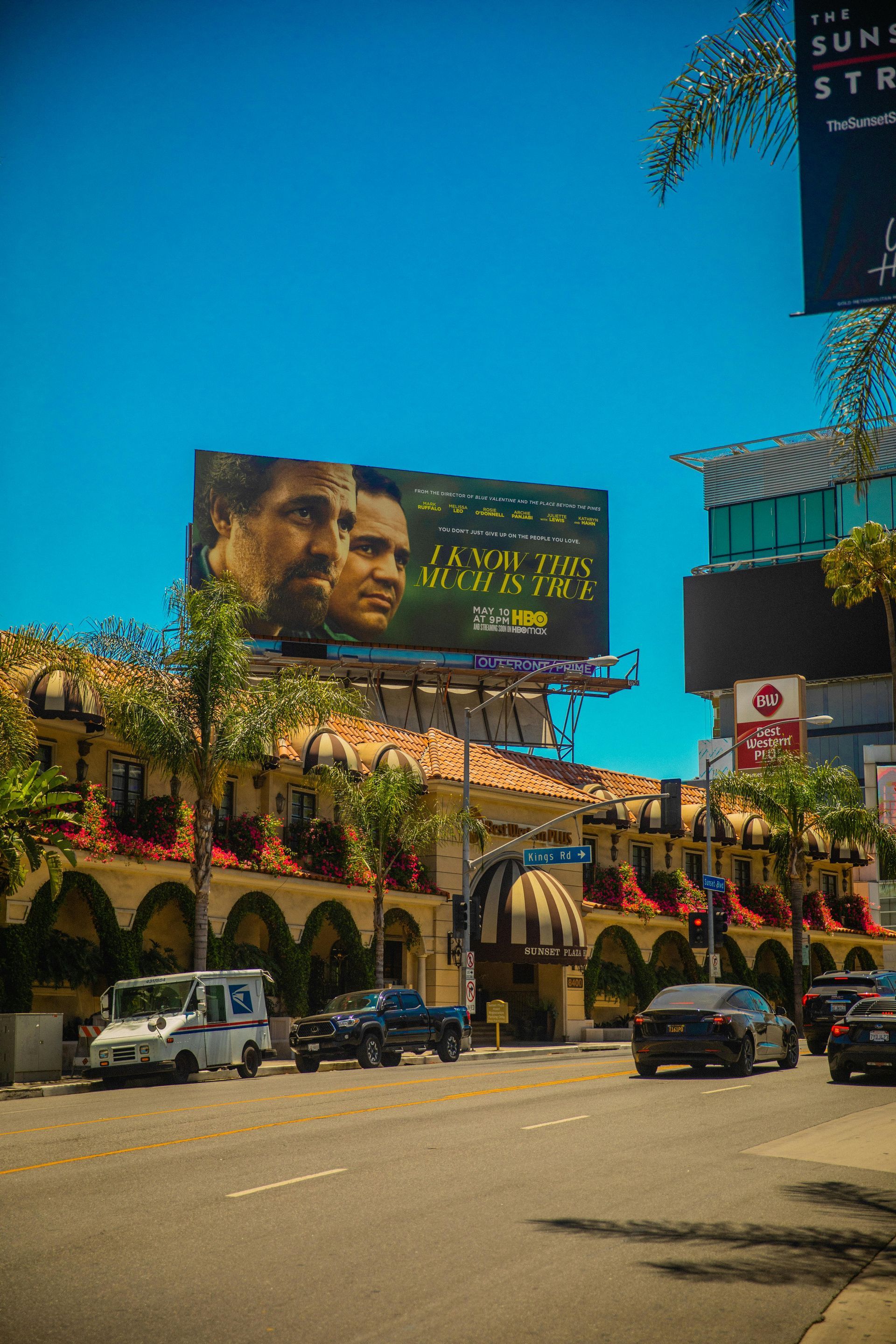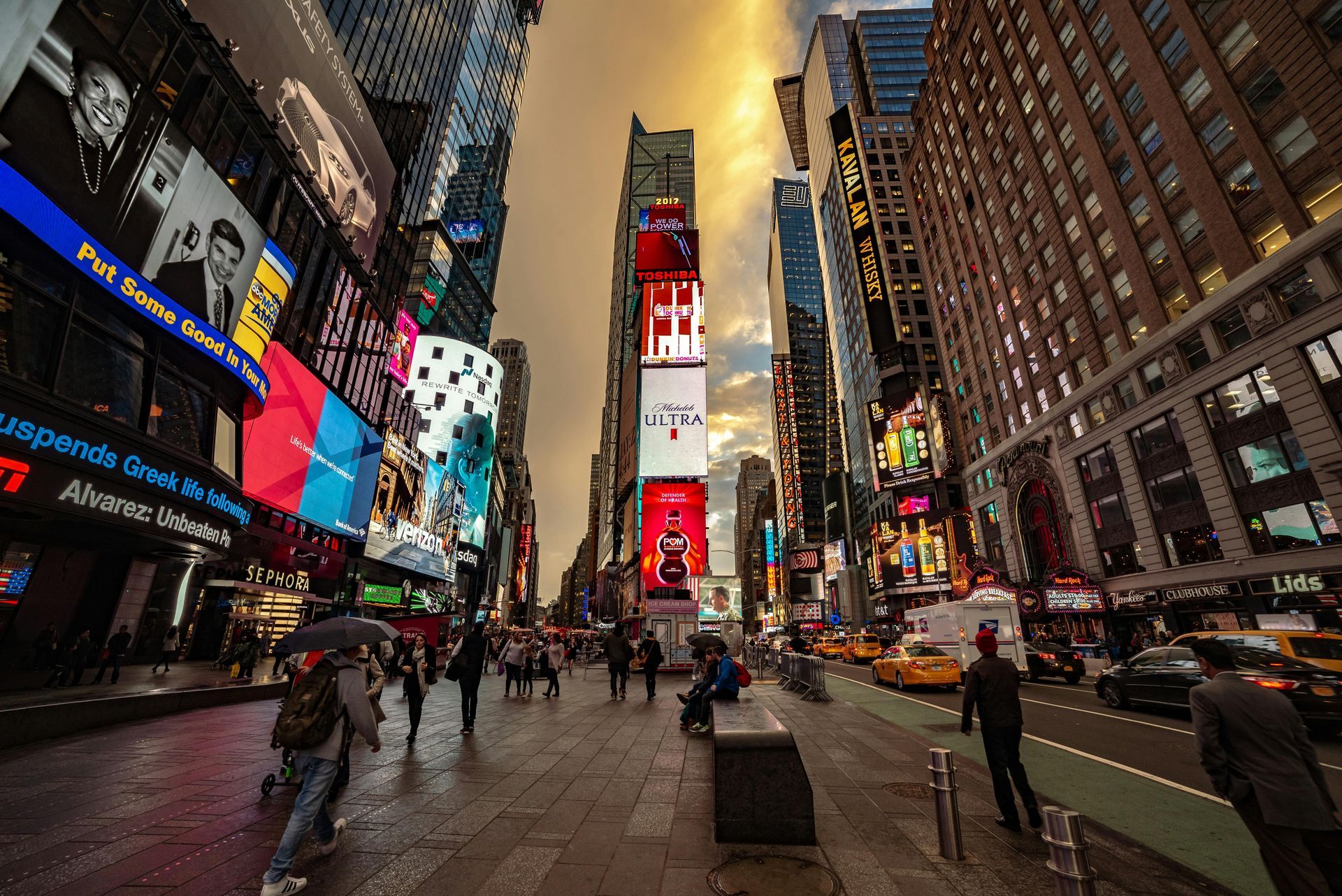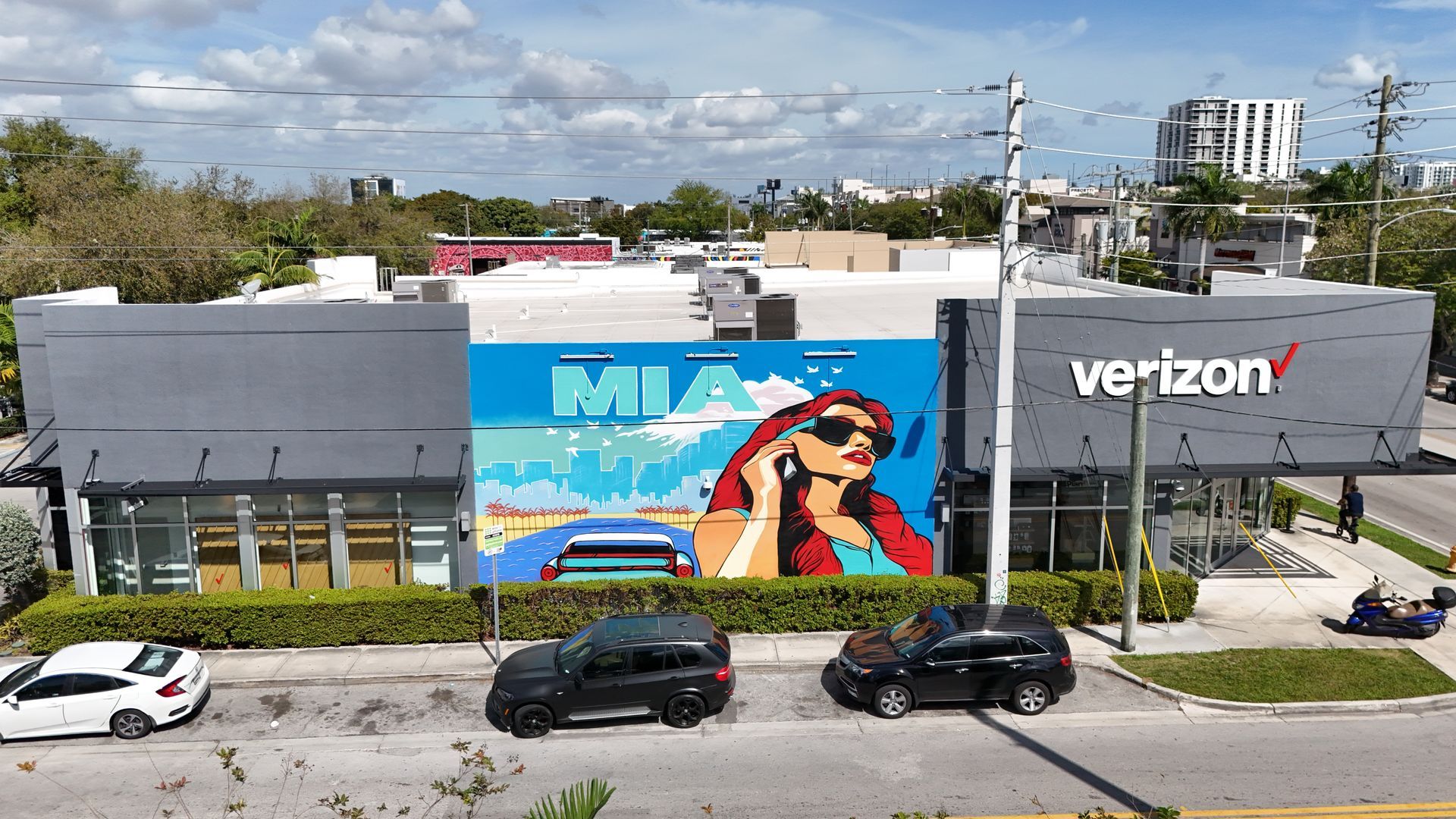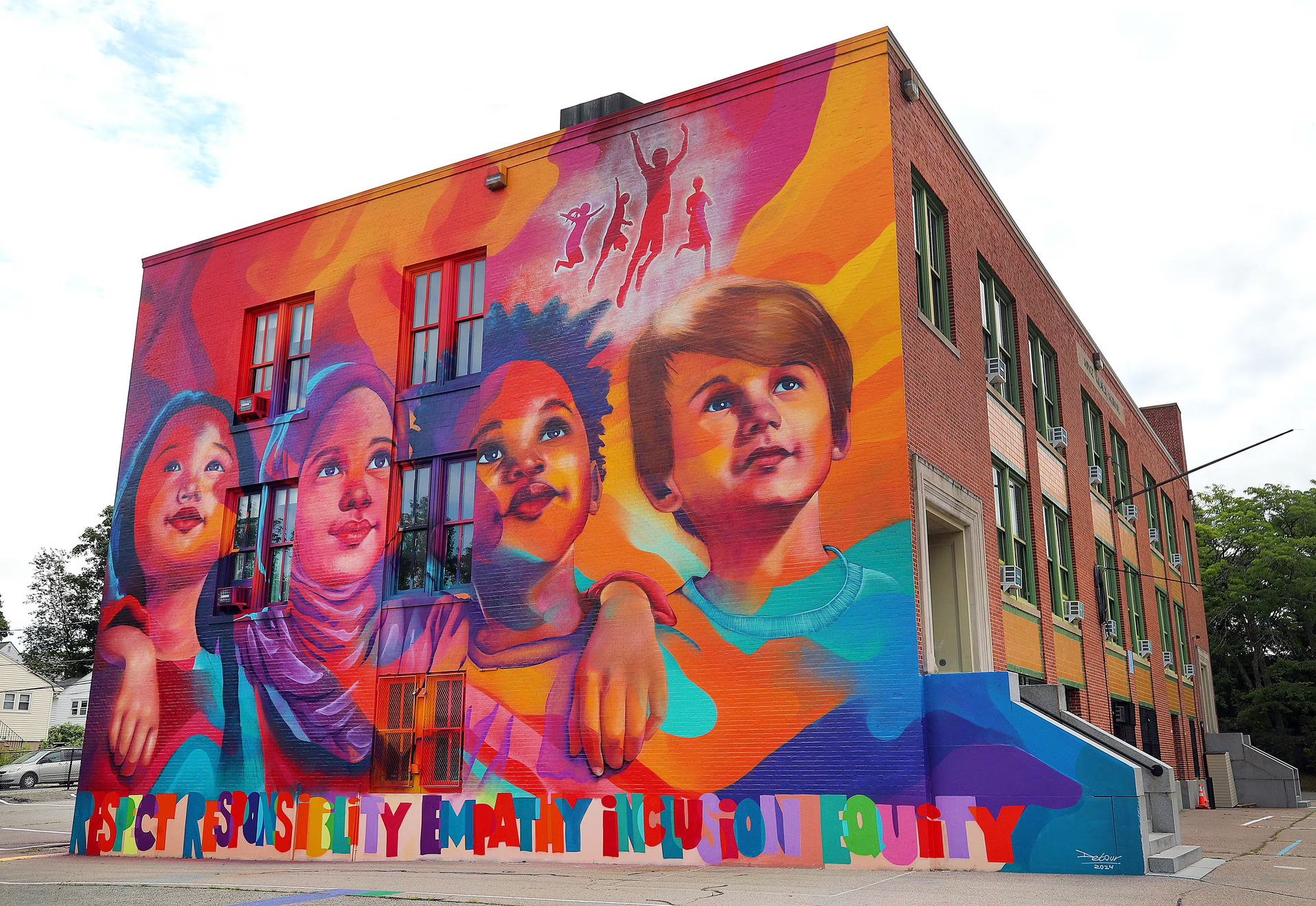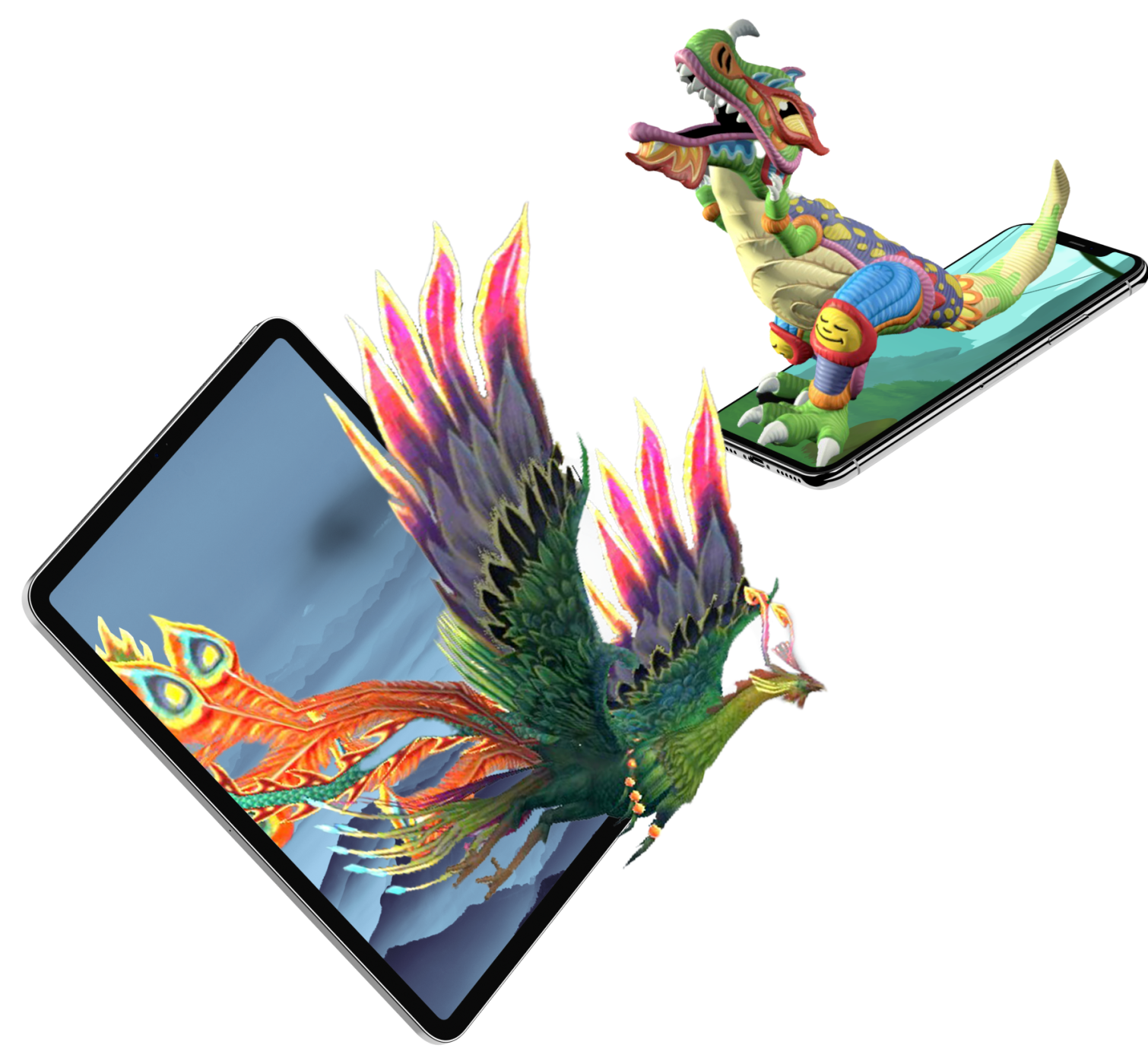How to Use 3D/AR/VR in Education
The Future of Learning: Integrating 3D/AR/VR into Education
The educational landscape is undergoing a revolutionary change, one that promises to transform how we learn, teach, and interact with the very fabric of knowledge. The catalysts of this change? Three-dimensional (3D) technology, Augmented Reality (AR), and Virtual Reality (VR). These immersive learning technologies are not just buzzwords; they are the building blocks of a future where education leaps off the page and into the palpable realm of experience.
Introduction to Immersive Learning Technologies
Gone are the days when chalkboards and textbooks were the education norm. Today, we're at the cusp of an educational renaissance, powered by immersive technologies. These tools are not the future; they're the present, reshaping the educational experience in profound ways.
Understanding the Basics of 3D/AR/VR
Defining 3D, AR, and VR
But what exactly are these technologies? At its core, 3D technology allows us to perceive depth and volume, creating a lifelike experience. AR overlays digital content onto the real world, while VR immerses the user in a completely digital environment. Each has its unique potential to revolutionize learning.
How 3D/AR/VR Technologies Work
Delving deeper, these technologies rely on sophisticated software and hardware to track the user's movements and adjust the digital experience accordingly. This creates an interactive environment where learning is not just seen or heard but felt and lived.
The Benefits of 3D/AR/VR in Education
Enhanced Engagement and Motivation
In an era where attention is a commodity, 3D/AR/VR stands out by captivating the minds of learners. By immersing students in their learning materials, these technologies can skyrocket engagement and motivation to new heights.
Improved Retention and Understanding
It's not just about flashy tech—studies suggest that learning in 3D can significantly improve retention and understanding. When students can visualize complex structures in 3D, or step into a historical event through VR, the learning experience becomes indelible.
Accessible Hands-on Experience
AR and VR bring the hands-on experience to the classroom, regardless of location or resource limitations. Imagine dissecting a virtual frog or walking through the Colosseum as it stood in ancient Rome—all from your classroom.
Practical Applications in the Classroom
Visualizing Complex Concepts
Complex subjects like molecular biology come to life with 3D models. Students can manipulate and explore structures, gaining insights that flat diagrams simply cannot offer.
Interactive Field Trips with VR
With VR, every classroom can afford a field trip around the world. Virtual journeys to the bottom of the ocean or the surface of Mars are not just possible; they're becoming an integral part of the curriculum.
Skill Building with AR Simulations
AR simulations can teach valuable skills, from mechanical repairs to surgical procedures, without the risks associated with real-life practice.
The Integration Process
Assessing the Educational Needs
Before diving into the world of 3D/AR/VR, it's critical to assess the educational needs and goals. What do you hope to achieve with these technologies?
Choosing the Right Technology
Each technology has its strengths. Selecting the right fit for your educational objectives is crucial. Is it the depth of VR, the interaction of AR, or the versatility of 3D that your curriculum needs?
Implementing in Curriculum
Integration into the curriculum should be thoughtful, with a clear focus on enhancing learning outcomes, not just the novelty of the technology.
Case Studies of 3D/AR/VR in Action
Medical Training through VR
Medical students are already using VR to step into operating rooms and perform surgeries, gaining experience that was once available only to seasoned surgeons.
Historical Reconstruction with AR
Imagine bringing historical figures and events back to life. AR does just that, allowing students to witness history unfold around them.
3D Modeling in Engineering Education
In engineering, 3D modeling software paired with 3D printing technology is reshaping how students prototype and understand spatial designs.
Overcoming Challenges
Cost and Accessibility
The cost of technology can be prohibitive, but with strategic investments and shared resources, these obstacles can be overcome.
Technical Issues and Learning Curve
Technical hiccups and a steep learning curve for educators and students alike can pose challenges. However, with proper training and support, these can be managed effectively.
Ensuring Educational Value
Every shiny new tool must prove its educational value. It's not just about the 'cool' factor; it's about enhancing the learning experience in meaningful ways.
Future Trends in 3D/AR/VR Education
Technological Advancements
As technology advances, the capabilities and applications of 3D/AR/VR in education will only expand, promising even more immersive and engaging learning experiences.
Expanding Subject Matter Reach
These technologies will soon become commonplace across all subjects, from art to zoology, transforming every corner of the educational world.
Increased Customization and Interactivity
Future 3D/AR/VR applications will likely be more customizable and interactive, catering to individual learning styles and needs.
Conclusion
In conclusion, 3D/AR/VR technologies are not just reshaping education; they are redefining the boundaries of what's possible within a classroom. They present an opportunity to enhance learning, foster engagement, and prepare students for a future where digital and physical realities merge. As we embrace these tools, we unlock potential that extends far beyond the walls of the classroom, into the expanse of imagination and innovation.
FAQs
- How does VR differ from AR in educational applications?
- What are the cost implications of integrating 3D/AR/VR into schools?
- Can 3D/AR/VR cater to different learning styles?
- What measures can be taken to ensure the longevity of 3D/AR/VR technologies in education?
- How can educators with limited tech experience get started with 3D/AR/VR?
TALK TO A PRO
We're here to bring your brand to life!
Stay Connected with BrandXR
Create Augmented Reality for Free!
Create, Publish, and Measure 3D Augmented Reality Experiences Without Having to Code.
